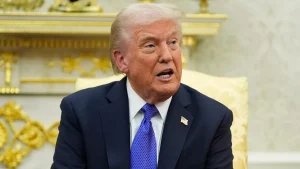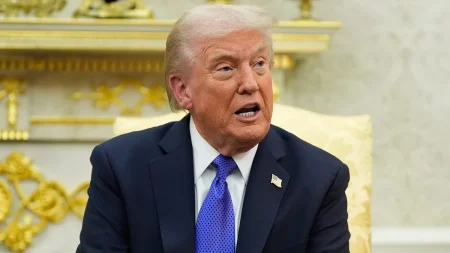Newsom’s Redistricting Initiative Gains National Attention
Governor Gavin Newsom’s redistricting ballot measure has begun to resonate with voters beyond California’s borders, potentially laying groundwork for his political future on the national stage. The initiative, which aims to reform how electoral districts are drawn in California, has captured interest from Democrats and independents in other states who see it as a model for addressing gerrymandering concerns nationwide.
The measure proposes establishing an independent commission to oversee redistricting in California, removing the process from direct political control. This approach has struck a chord with reform-minded voters across America who worry about partisan manipulation of district boundaries. Supporters view Newsom’s initiative as a practical solution to a problem that undermines representative democracy. Many out-of-state observers have expressed admiration for California’s willingness to tackle this issue head-on, with some even contributing to awareness campaigns about the measure despite being unable to vote on it directly.
Political analysts note that Newsom’s championing of this cause carries significant strategic value for any future presidential aspirations. By positioning himself as a leader on democratic reforms, he builds credibility with voters concerned about electoral fairness and institutional integrity. The governor has carefully framed the initiative not as a partisan power grab but as a good-governance measure that benefits all citizens regardless of political affiliation. This messaging has helped broaden its appeal while simultaneously establishing Newsom’s credentials as a pragmatic problem-solver willing to tackle structural issues in American democracy.
The redistricting measure represents just one component of Newsom’s increasingly national political profile. As governor of the nation’s most populous state, he has used his platform to address issues with nationwide resonance, from climate change to healthcare access. The redistricting initiative fits neatly within this broader narrative of California as a laboratory for progressive policies that could eventually be adopted elsewhere. By demonstrating successful implementation of such reforms, Newsom potentially positions himself as a candidate who not only talks about change but has actually delivered it at scale.
Looking ahead to 2028, political observers suggest that Newsom’s work on redistricting could become a compelling chapter in a presidential campaign storyline. The issue crosses traditional partisan boundaries, allowing him to potentially appeal to moderate voters concerned about democratic institutions while still maintaining his progressive credentials. If the California model proves successful, Newsom could point to tangible results when making his case to voters in early primary states. The relationships he’s building now with reform advocates nationwide could also translate into valuable networks of supporters outside his home state.
While the governor has not officially declared any intention to run for president in 2028, his actions suggest careful positioning for such a possibility. The redistricting initiative represents a strategic investment in both California’s governance and Newsom’s own political future. By addressing a fundamental issue in American democracy, he distinguishes himself from potential rivals while building a reputation as someone willing to tackle difficult structural problems. For voters across the country who have expressed frustration with partisan gridlock and systemic dysfunction, Newsom’s approach to redistricting may offer a compelling preview of his potential national leadership style.











